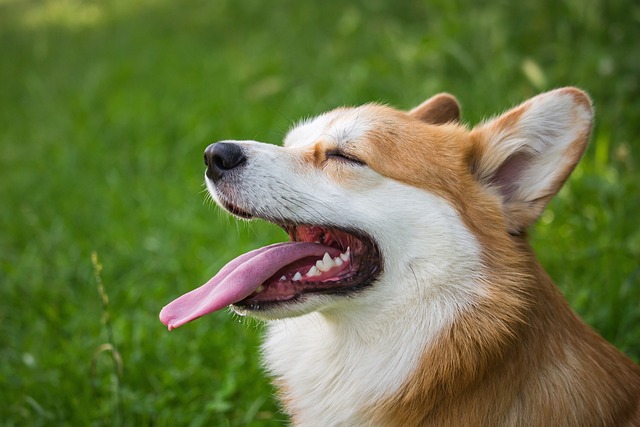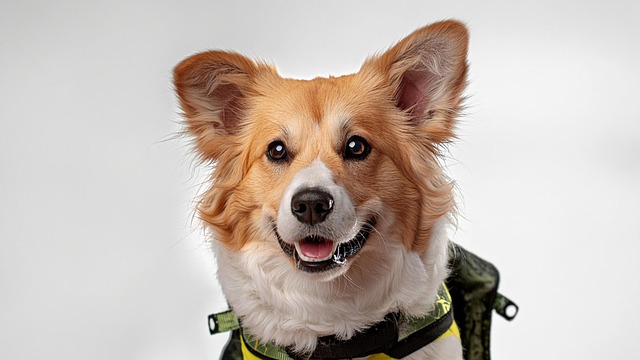
What vitamin is good for dogs' skin
Seeing your dog constantly scratch or noticing dry, flaky skin can make you wonder if a simple vitamin might be the solution.
Imagine you’re a new puppy parent in New York City, scrolling through social media while your 12-week-old golden retriever pup, Milo, chews on a shoe. You see a post about CBD oil calming anxious dogs and wonder: Could this help Milo relax during thunderstorms? But wait—he’s just a puppy. Is CBD safe for him? You’re not alone. As CBD gains popularity in U.S. pet circles (sales topped $300 million in 2024, per the American Pet Products Association), new owners in places like Austin and Seattle are asking: How does this natural compound really affect young dogs? Let’s break it down with science and caution.
CBD (cannabidiol) is a compound from the hemp plant, prized for interacting with the endocannabinoid system (ECS), a network of receptors in the body that regulate mood, pain, and inflammation. In puppies, the ECS is still developing, especially in breeds like Labradors or Bulldogs prone to anxiety or joint discomfort. Unlike THC (the psychoactive compound in marijuana), CBD doesn’t get dogs “high,” but their tiny bodies process it differently. A vet in Denver explains, “Puppies have immature livers, so CBD metabolism is slower. What’s a low dose for an adult could be too much for a 5kg pup.” Common claims include reduced anxiety, pain relief, and better sleep, but research is limited—most studies focus on adult dogs, leaving puppy-specific effects largely uncharted.
If you’re considering CBD for Milo, start with careful, vet-guided steps. Always consult your veterinarian before introducing any supplement, especially for puppies under 16 weeks. In states like California, the Veterinary Medical Board explicitly advises against over-the-counter supplements without professional guidance. A Chicago owner learned this the hard way: she gave her 8-week-old pug CBD oil for teething pain, only to see him become lethargic and lose appetite. “The vet scolded me—his liver couldn’t process it,” she recalls. Vets can assess risks (like potential interactions with vaccines or deworming meds) and recommend dosages (typically 0.2–0.5mg per kg of body weight, split into two daily doses for puppies).

Prioritize safety by choosing THC-free, USDA-certified products designed for pets. Avoid “human-grade” CBD oils, which often contain additives (like xylitol, toxic to dogs) or unregulated THC traces. Look for brands approved by the National Animal Supplement Council (NASC) in the U.S. or the European Pet Food Industry Federation (FEDIAF) in Europe. A Seattle-based brand, for example, offers puppy-specific tinctures with QR codes linking to lab results, ensuring purity and safety.
Start slow and monitor closely, administering CBD orally during calm moments (directly under the tongue for faster absorption). Watch for side effects: dry mouth (check gum moisture), drowsiness (is Milo less active than usual?), or diarrhea (a sign of overdose). A Boston terrier owner in Miami tracked her pup’s response in a journal: “Day 1: 0.3mg—slept deeper. Day 3: increased to 0.5mg—started vomiting. We dropped back to 0.3mg and he stabilized.”
This approach ties to responsible pet ownership in the U.S. and Europe, where prioritizing veterinary guidance and high-quality products is key. Never replace professional care with CBD: if Milo is limping, itching, or anxious, a vet should rule out serious issues (like hip dysplasia or allergies) before considering supplements. In public spaces, always follow leash laws and clean up after your pup—CBD won’t solve behavioral issues like aggression, which require positive training (e.g., desensitization for thunderstorm fear, as recommended by the ASPCA). For apartment dwellers, pair CBD with proven methods like a cozy crate and white noise machine to create a holistic approach to anxiety, rather than relying on supplements alone.
Culturally, it’s important to approach CBD with caution, aligning with the science-based pet care values dominant in the U.S. and Europe. While CBD is legal in most U.S. states (under the 2018 Farm Bill) and EU countries with strict hemp regulations, its use in puppies remains a gray area. The American Kennel Club warns against “quick fixes,” highlighting that young puppies thrive on routine, socialization, and vet-approved care. Instead of chasing trends, focus on foundational care: proper nutrition, regular exercise, and positive reinforcement training to build confidence and reduce stress.
The bottom line? CBD can be a supplementary tool for puppies in specific cases, but only with careful planning, vet oversight, and realistic expectations. As a Denver vet puts it, “Think of CBD as a supplement, not a solution. The best thing you can give your puppy is patience, regular vet visits, and a safe space to grow.” Start slow, ask questions, and let science and professional guidance lead the way—your puppy’s health and well-being are worth the extra care.

Seeing your dog constantly scratch or noticing dry, flaky skin can make you wonder if a simple vitamin might be the solution.

If you’re a new dog parent in the US—maybe you’re sitting on your Portland apartment couch, staring at your 1-year-old Australian Shepherd

If you’re a new dog parent in the US—maybe you’re sitting on your Atlanta apartment floor, holding your 6-week-old Beagle puppy, Daisy, who’s curled up in your lap

If you’re a new dog parent in the US—maybe you’re standing in your Denver apartment’s kitchen, staring at a bag of high-quality puppy kibble and a bottle

Seeing your puppy grow daily is amazing, and it’s natural to want to give them every advantage, including supplements.

Brown stains on white dog fur aren’t just unsightly—they can also hint at underlying issues like tear duct irritation or poor grooming habits, which matter even more when you’re following local pet care laws.